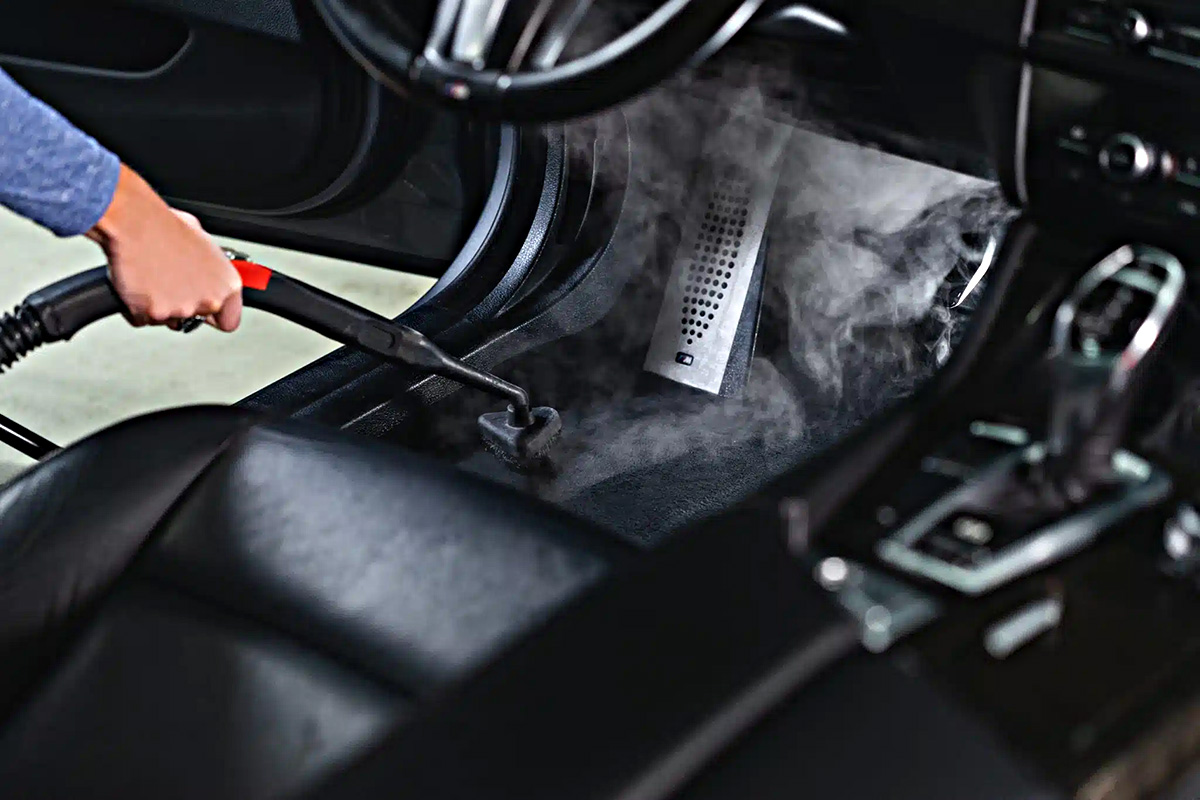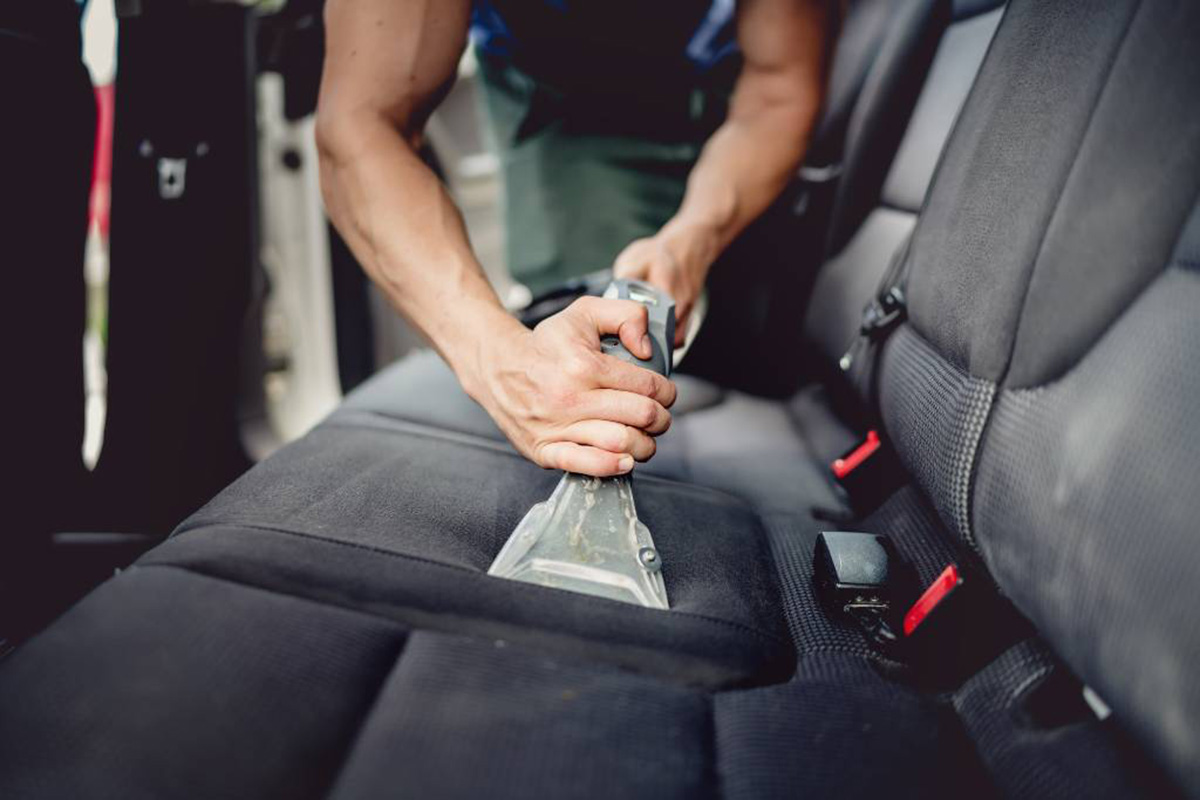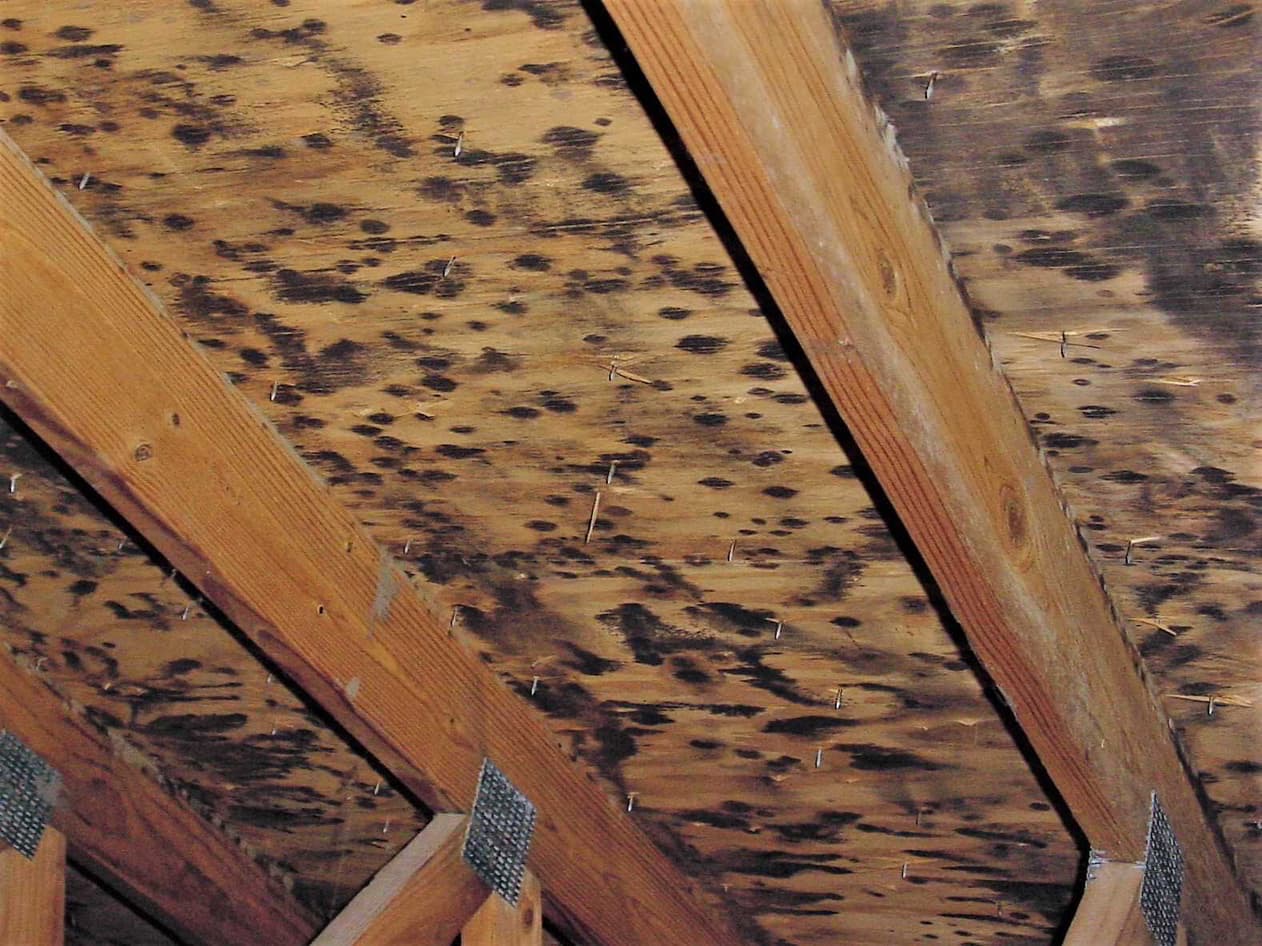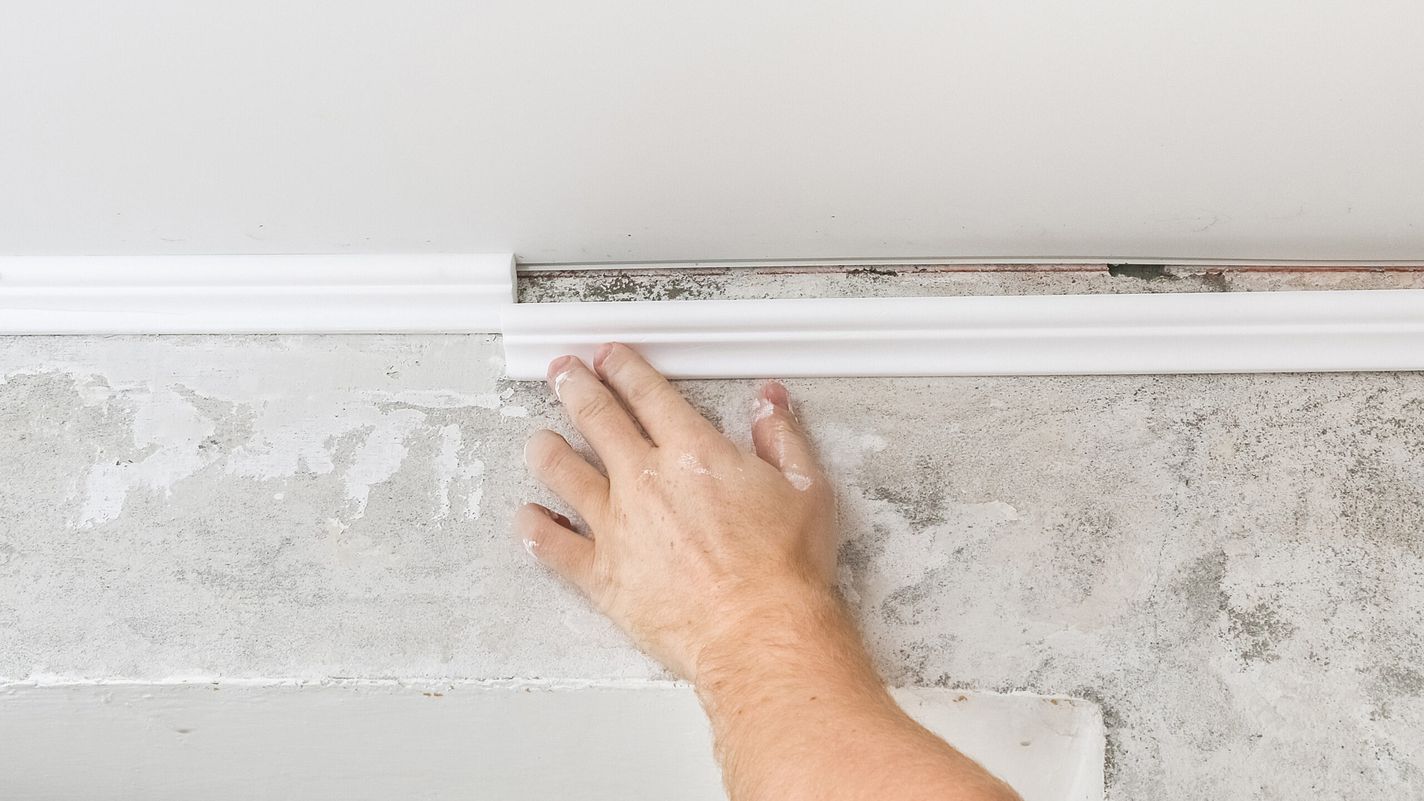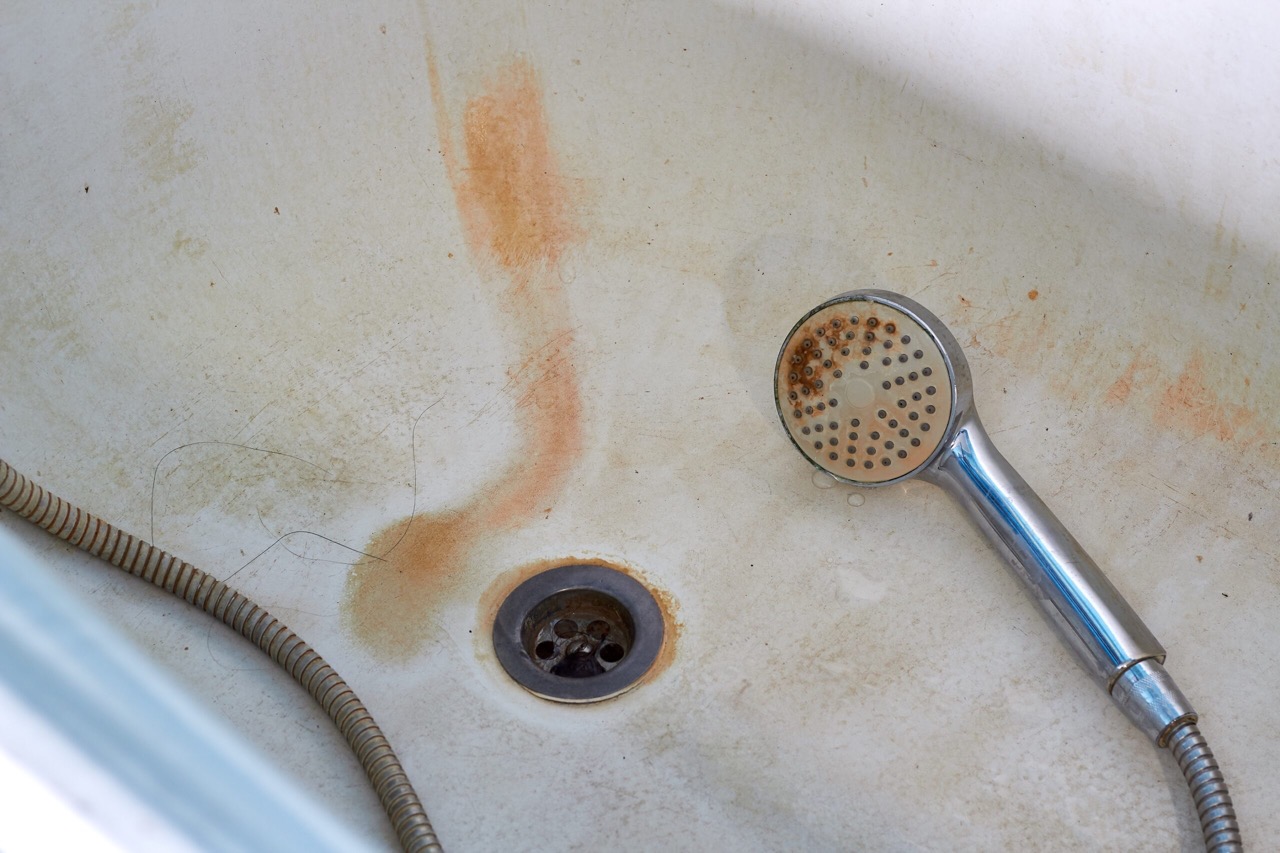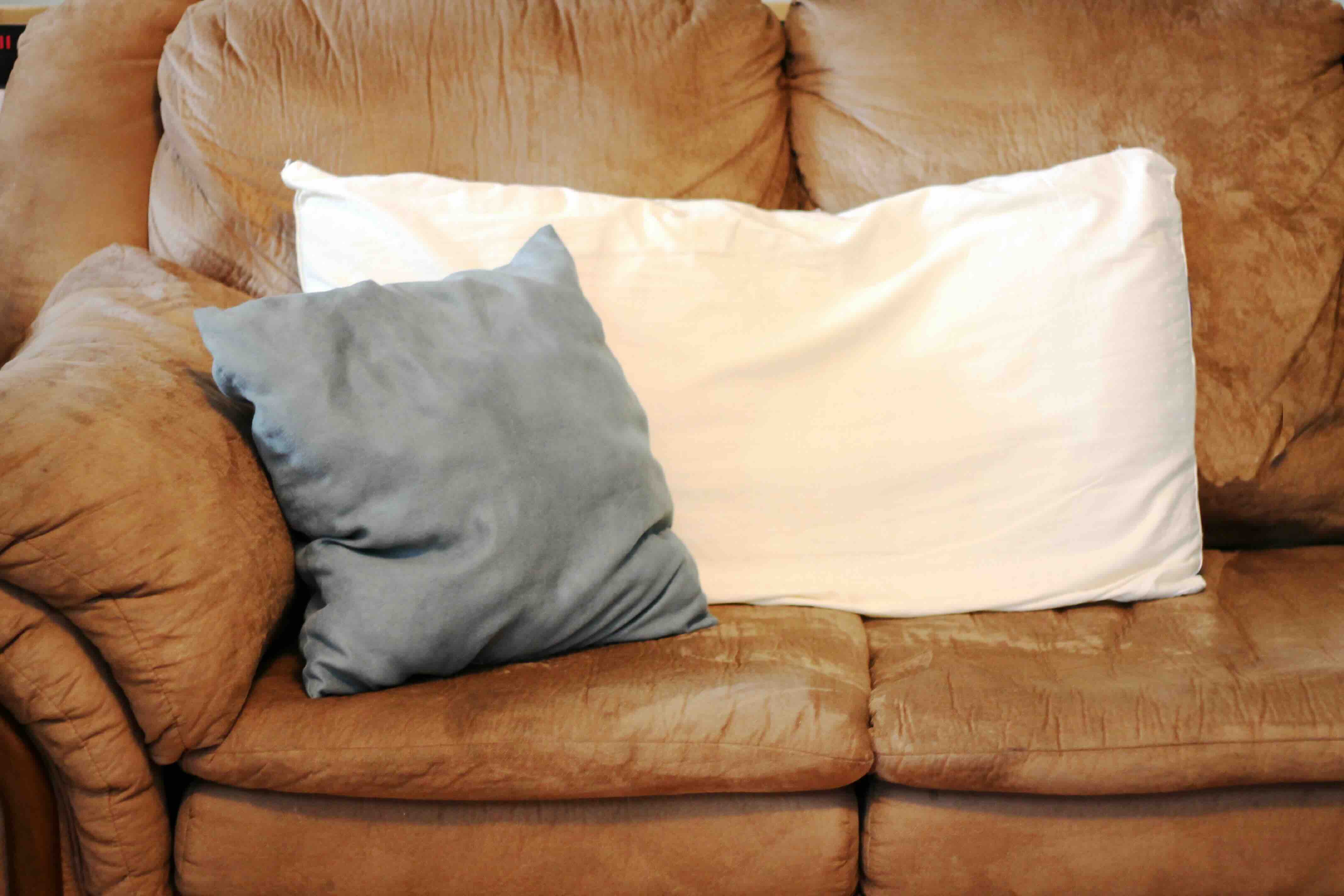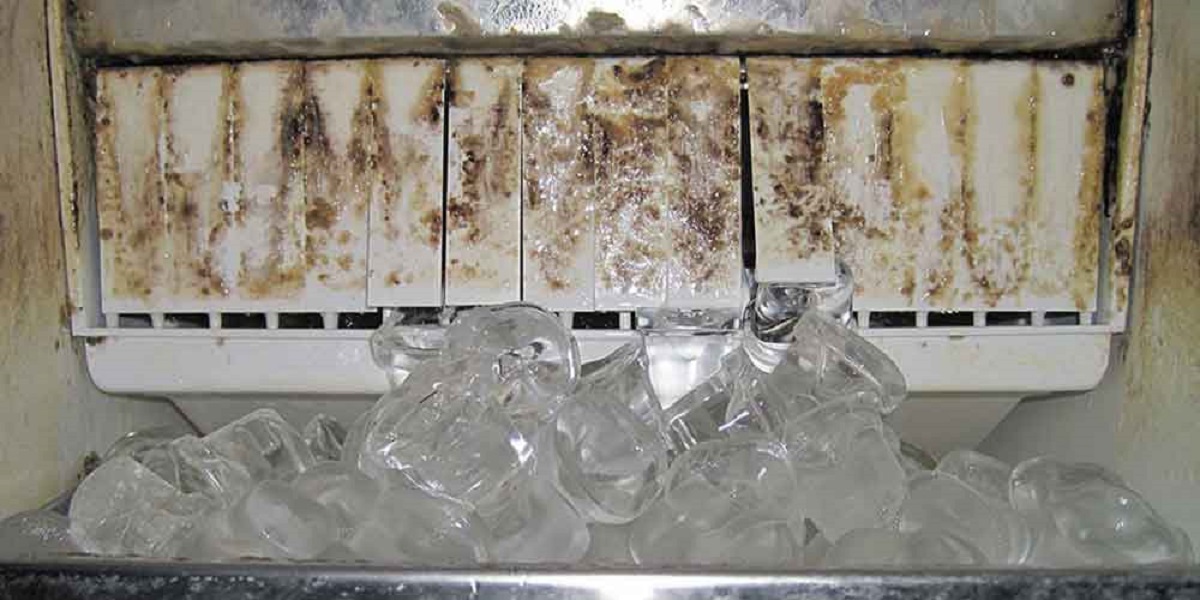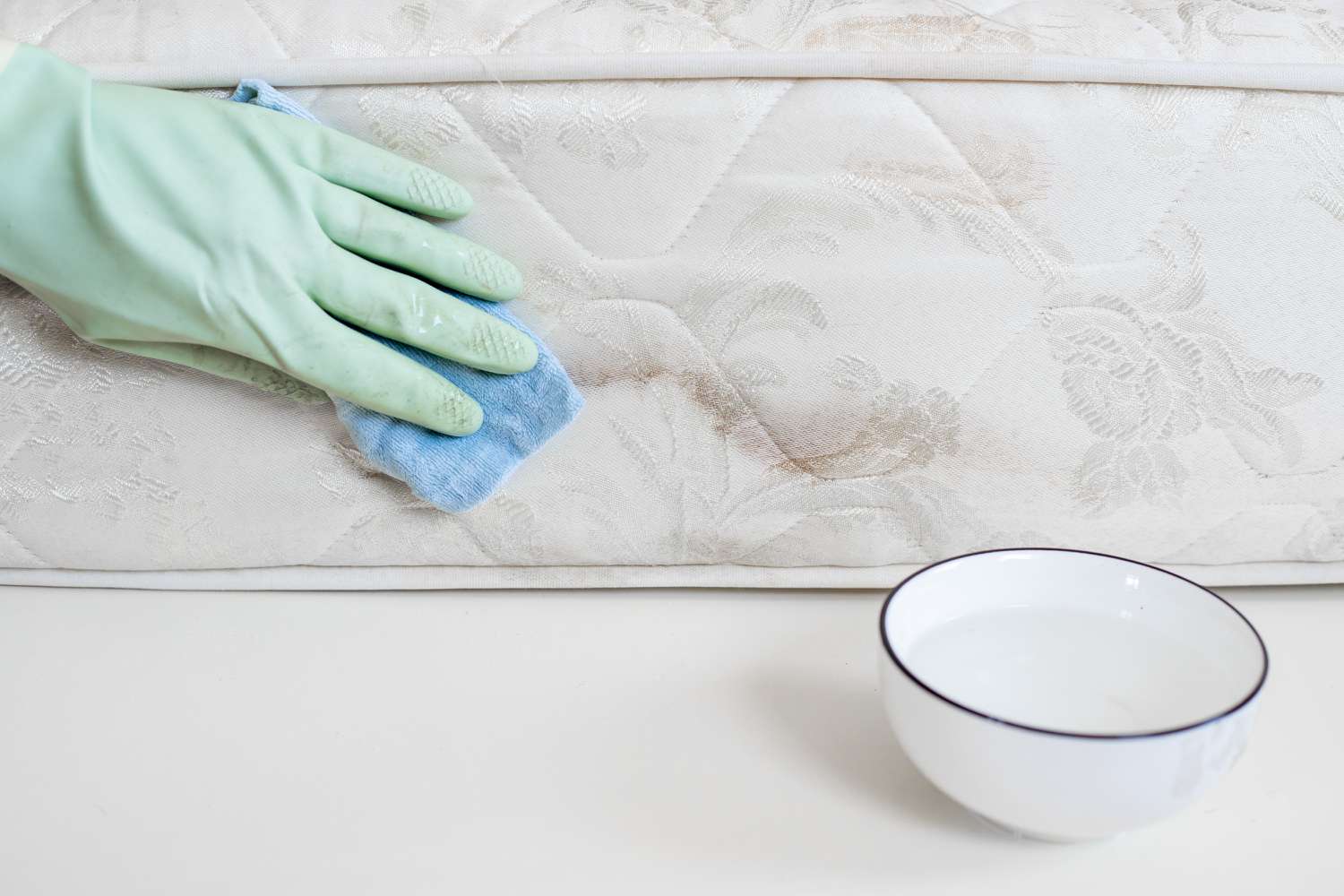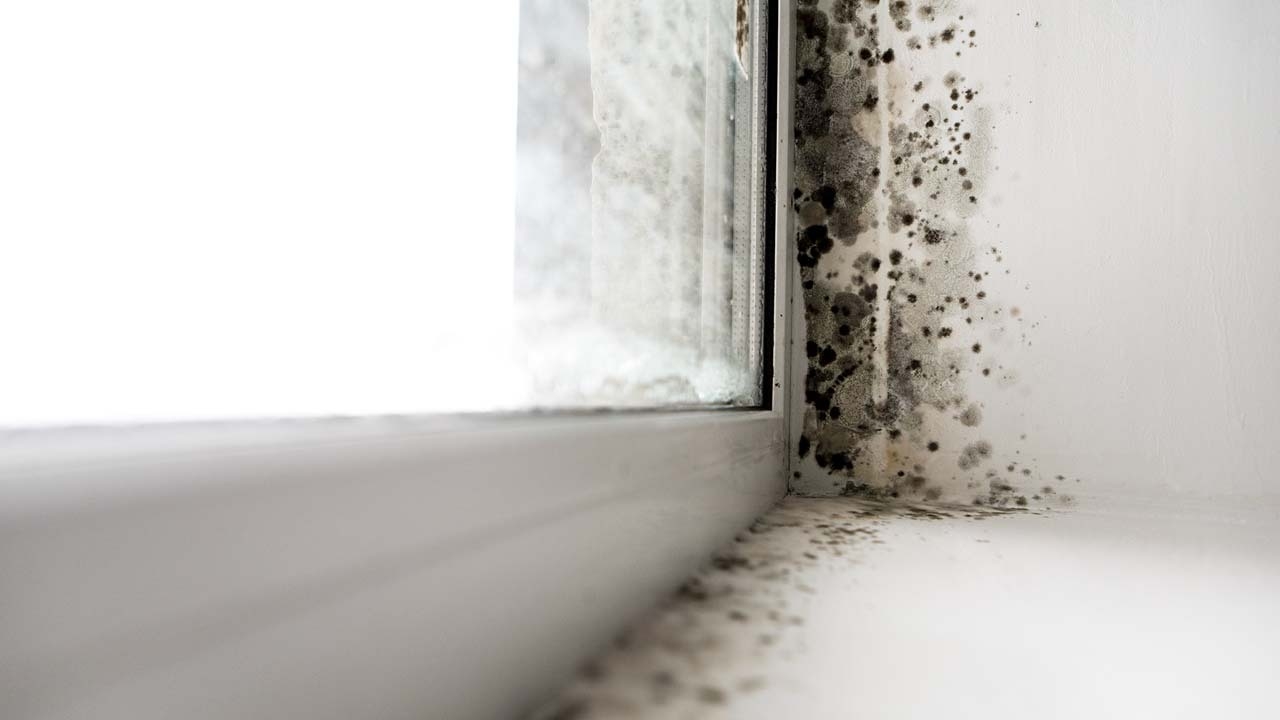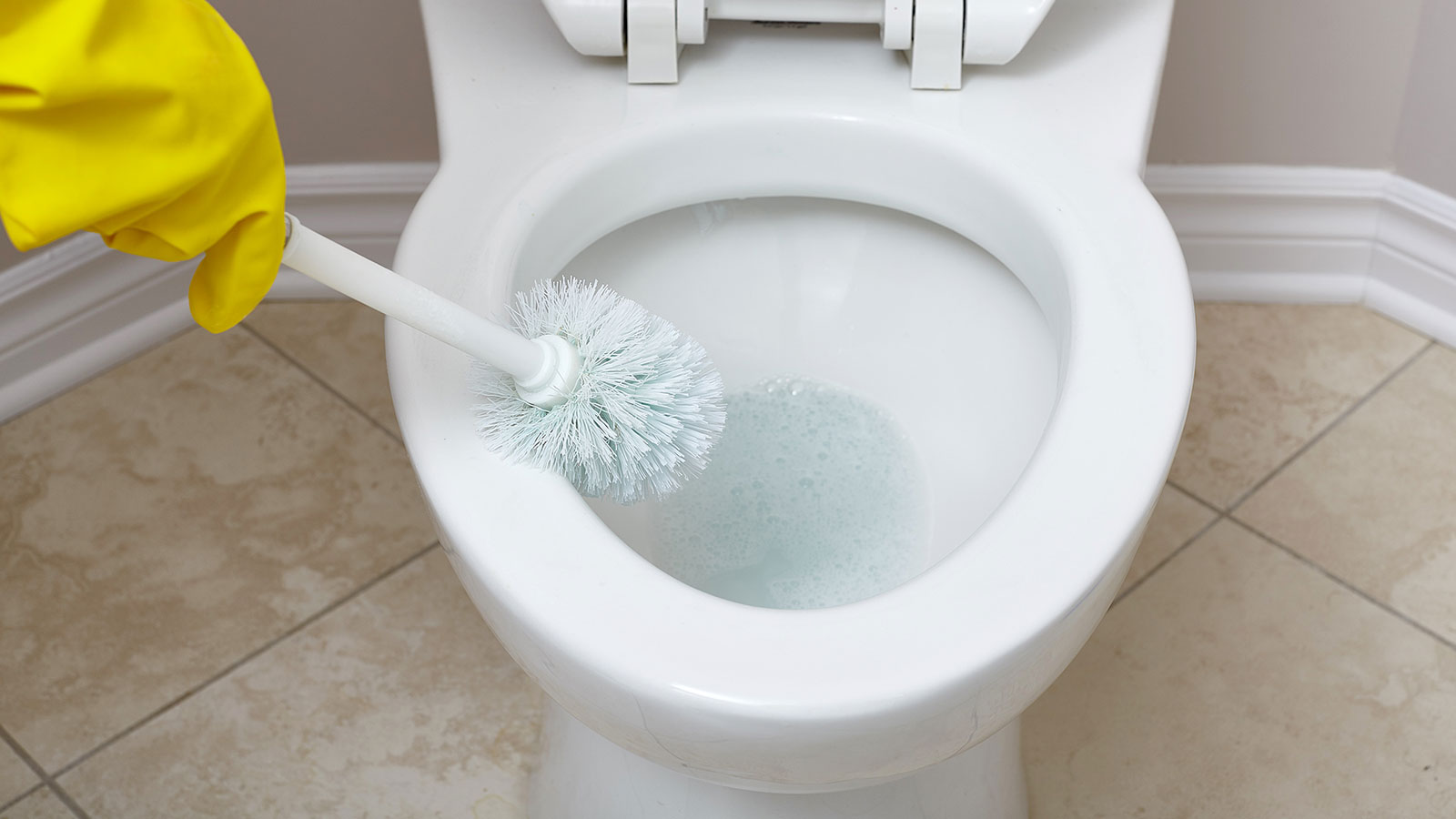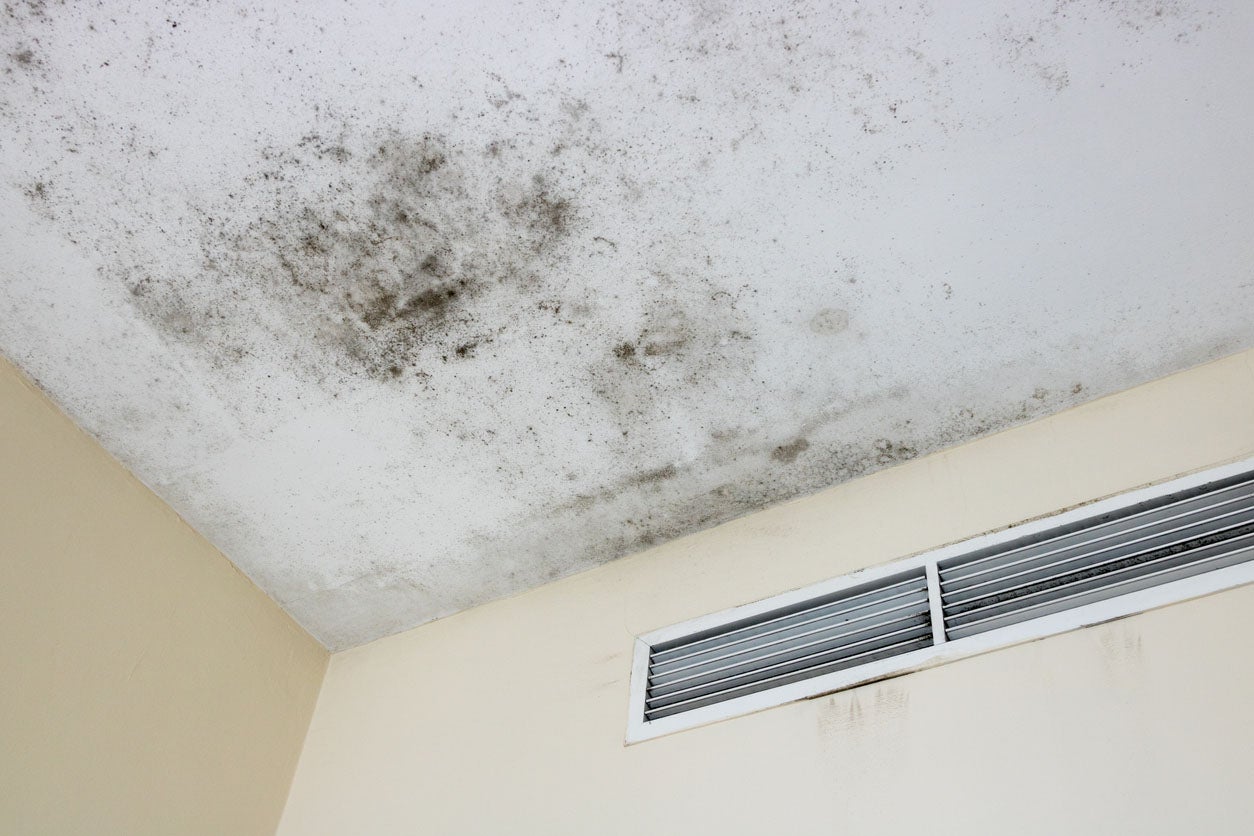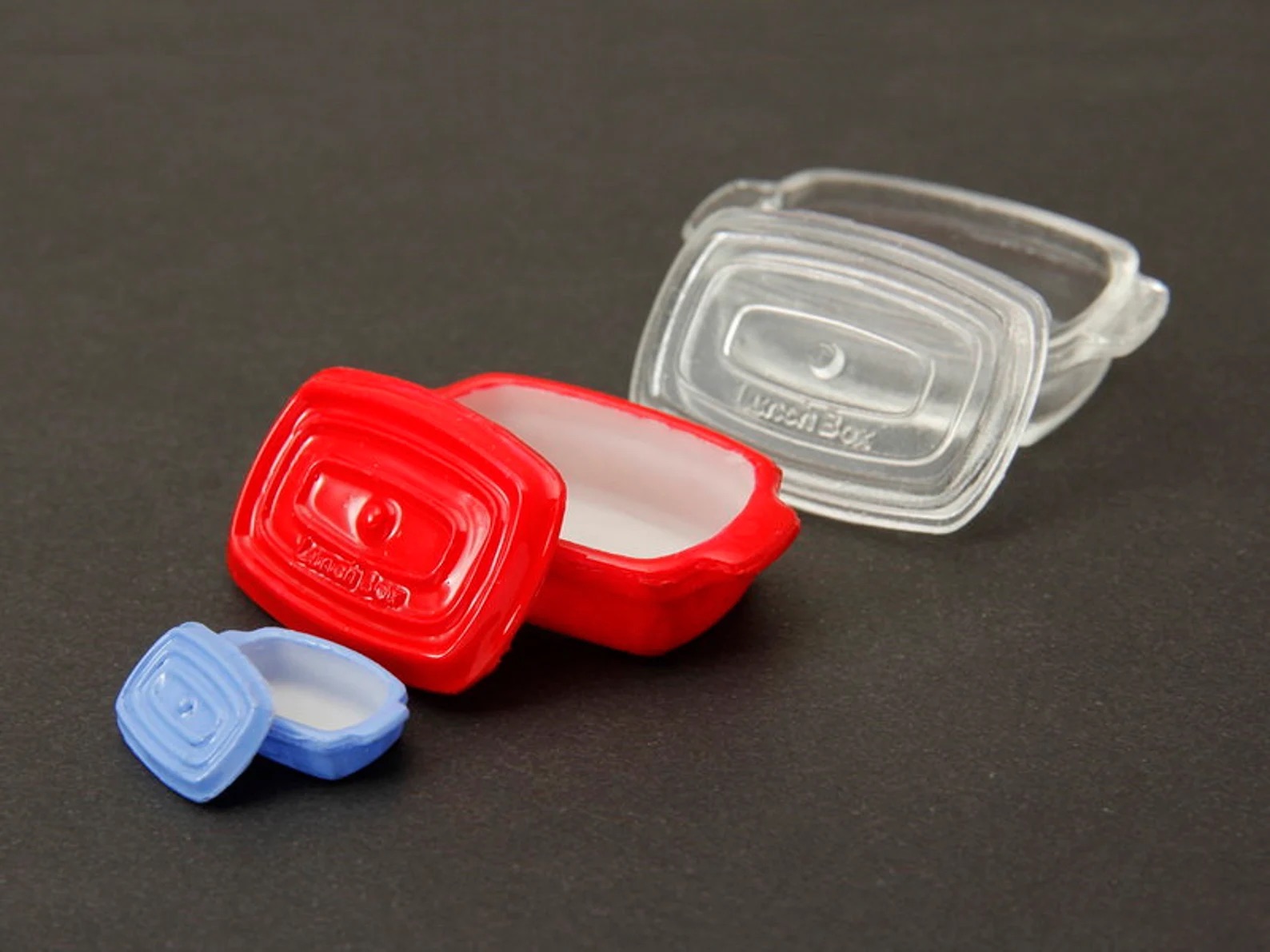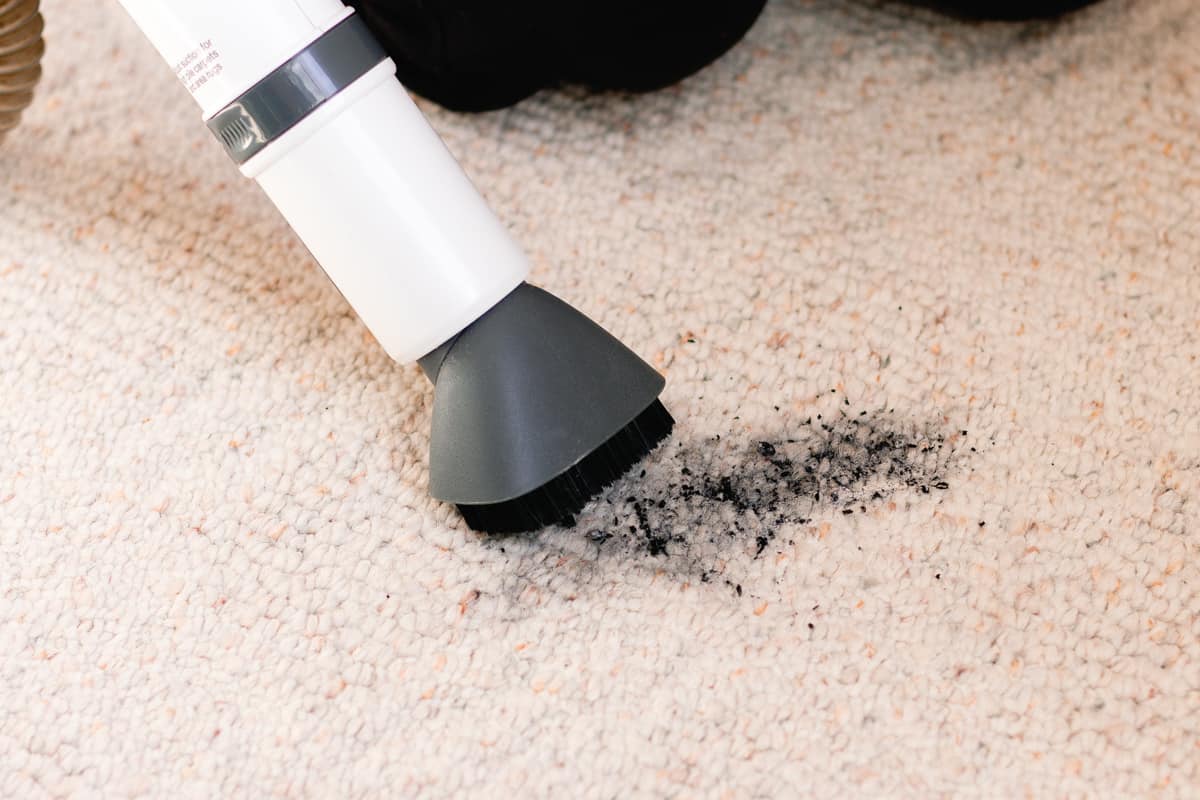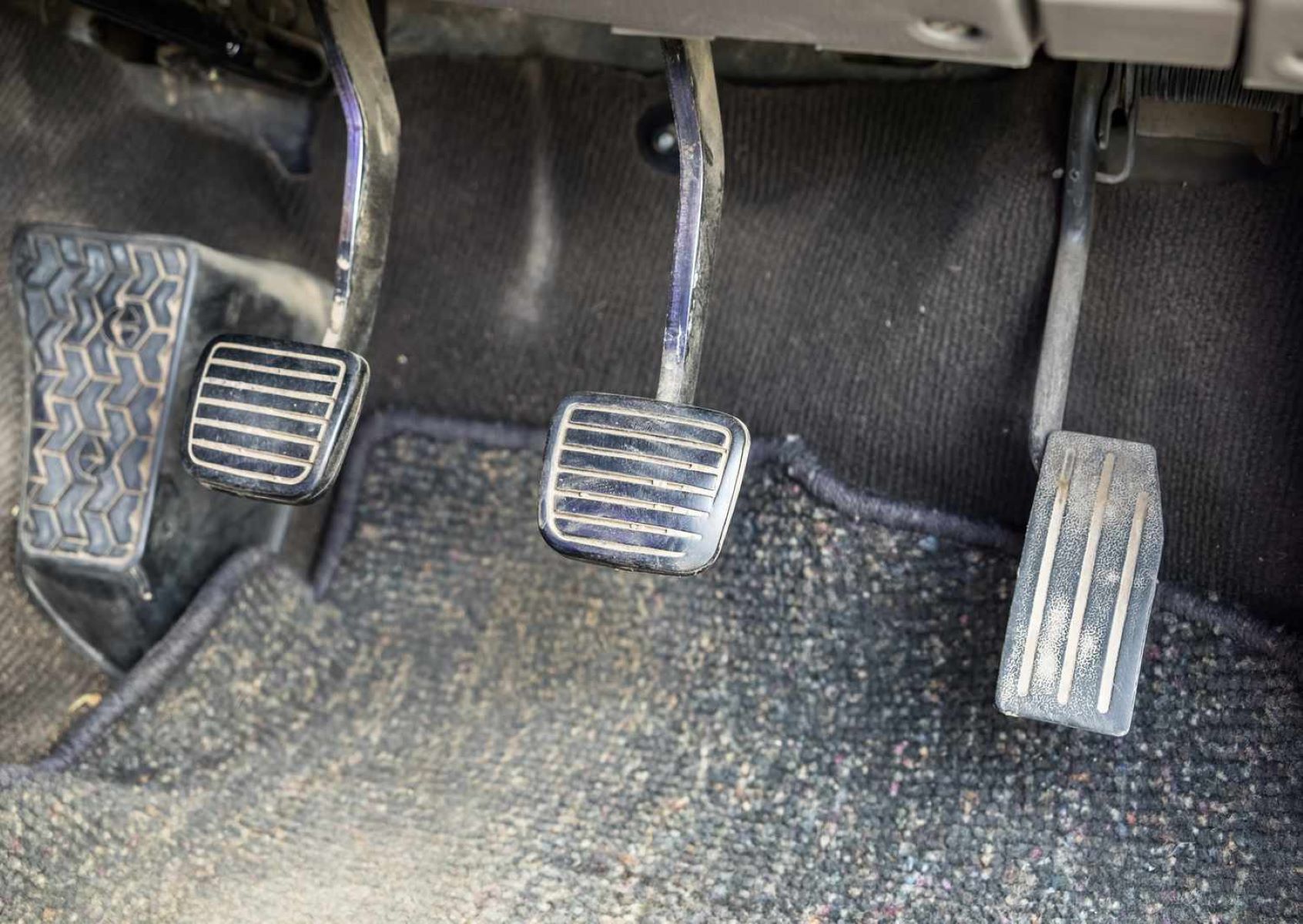

Articles
How To Remove Mold From Carpet In A Car
Modified: September 1, 2024
Learn effective methods to remove mold from your car's carpet with these articles. Protect your car's interior and eliminate mold for good.
(Many of the links in this article redirect to a specific reviewed product. Your purchase of these products through affiliate links helps to generate commission for Storables.com, at no extra cost. Learn more)
Introduction
Mold is a common problem that many car owners face, especially if their vehicles have been exposed to moisture or water damage. Carpeted areas in cars are particularly susceptible to mold growth due to their porous nature and the potential for trapped water. Not only can mold create an unpleasant odor, but it can also have negative effects on the air quality inside the car and pose health risks.
If you’ve discovered mold in the carpet of your car, there’s no need to panic. With a little time, effort, and the right supplies, you can effectively remove the mold and restore your car’s interior to a clean and fresh condition.
In this article, we’ll guide you through a step-by-step process on how to remove mold from the carpet in a car. Whether you’re dealing with a few small spots or a larger affected area, these methods will help you eliminate the mold and prevent its recurrence.
Before we begin, it’s important to note that safety precautions should be taken when dealing with mold. Wear protective gloves, a face mask, and ensure proper ventilation to minimize exposure to mold spores. Additionally, some individuals may be more sensitive to mold than others, so if you have any pre-existing respiratory conditions or allergies, it’s best to seek professional assistance.
Now, let’s gather the supplies needed to tackle the mold in your car’s carpet.
Key Takeaways:
- Say goodbye to mold in your car’s carpet by following a simple step-by-step process using natural ingredients like vinegar and baking soda. Keep your car clean and dry to prevent future mold growth.
- Prioritize safety when dealing with mold by wearing protective gear and ensuring proper ventilation. Take preventive measures to maintain a clean and mold-free car interior, promoting healthier air quality for you and your passengers.
Read more: How To Remove Stains From A Car Carpet
Step 1: Gather Supplies
Before you begin the process of removing mold from the carpet in your car, it’s essential to gather the necessary supplies. Here is a list of items you’ll need:
1. Protective Gear: As mentioned earlier, it’s crucial to prioritize your safety when dealing with mold. Wear disposable gloves, a face mask, and protective eyewear to minimize exposure to mold spores.
2. Water: You’ll need clean water for rinsing and diluting cleaning solutions. If possible, use distilled water to avoid any potential contaminants.
3. White Vinegar: Vinegar is a natural and effective mold killer. The acidic properties of white vinegar help break down and eliminate mold. Make sure to use plain white vinegar without any added scents or colors.
4. Baking Soda: Baking soda is another excellent natural ingredient that can help eliminate mold and absorb odors. It has antimicrobial properties that hinder mold growth.
5. Mild Detergent or Carpet Cleaner: A mild detergent or carpet cleaner specifically designed for mold and mildew removal will come in handy to tackle stubborn stains and odors.
6. Scrub Brush or Sponge: To physically remove the mold from the carpet fibers, you’ll need a scrub brush or sponge with firm bristles. Choose a brush or sponge that won’t damage the carpet material.
7. Vacuum Cleaner with HEPA Filter: A vacuum cleaner with a HEPA (High-Efficiency Particulate Air) filter is crucial for removing loose mold spores and debris from the carpet. The HEPA filter traps tiny particles, ensuring they don’t recirculate into the air.
8. Plastic Spray Bottle: A plastic spray bottle will allow you to apply cleaning solutions evenly onto the affected areas of the carpet.
9. Clean Towels or Paper Towels: Have a stack of clean, absorbent towels or paper towels on hand for drying the carpet and absorbing excess moisture.
10. Fan or Air Blower: After cleaning the carpet, it’s important to ensure it dries thoroughly. A fan or air blower will aid in the drying process and prevent mold from re-forming.
Once you have gathered all the necessary supplies, you’re ready to tackle the mold stains in your car’s carpet. In the next step, we’ll guide you on how to effectively vacuum the carpet to remove loose mold spores and debris.
Step 2: Vacuum the Carpet
Now that you’ve gathered all the necessary supplies, it’s time to get started with the cleaning process. The first step is to thoroughly vacuum the carpet to remove any loose mold spores, dirt, and debris. Follow these steps to properly vacuum your car’s carpet:
1. Begin by removing any floor mats or other removable items from the car to access the carpeted areas more easily.
2. Attach a vacuum cleaner with a HEPA filter to ensure that the mold spores are not released back into the air during the cleaning process. A HEPA filter is capable of trapping microscopic particles, including mold spores.
3. Start vacuuming the carpet, paying close attention to the areas where mold is present. Use the vacuum’s crevice attachment to reach into tight spaces and corners.
4. Go over the carpet multiple times, using slow and steady strokes to ensure thorough cleaning. Be sure to vacuum both the front and back of the carpet to remove as much dirt and debris as possible.
5. If there are any visible mold patches on the carpet, use the brush attachment or a soft-bristle brush to gently agitate the area. This will help loosen the mold from the carpet fibers and make it easier to remove.
6. Empty the vacuum cleaner’s collection bag or canister outside of your car. Dispose of the contents in a sealed bag to prevent the mold spores from spreading.
By vacuuming the carpet, you’re not only removing loose mold spores, but you’re also preparing the surface for the next cleaning steps. Once you’ve completed vacuuming, it’s time to dive into the process of treating the mold stains on the carpet.
Step 3: Treat the Mold Stains
After thoroughly vacuuming the carpet, it’s essential to treat the mold stains to remove them effectively. Follow these steps to treat the mold stains on your car’s carpet:
1. Prepare a solution of equal parts water and white vinegar in a plastic spray bottle. Vinegar is a natural disinfectant and can help kill and remove mold from the carpet.
2. Spray the vinegar solution directly onto the mold-infested areas of the carpet. Ensure that the affected areas are well saturated but not soaked. Let the solution sit on the carpet for about 15 minutes to allow the vinegar to penetrate and break down the mold.
3. If the mold stains are stubborn, you can sprinkle baking soda directly onto the affected areas. Baking soda is a natural deodorizer and can help absorb moisture and odors. Gently rub the baking soda into the carpet using a scrub brush or sponge.
4. After allowing the vinegar solution and baking soda to work on the mold stains, use the scrub brush or sponge to agitate the carpet fibers gently. This will help dislodge any remaining mold from the carpet.
5. Continue to scrub the mold stains until they are visibly reduced or removed. Be patient and thorough in this step, ensuring that you address all the affected areas.
6. After treating the mold stains, use a clean, damp cloth or sponge to wipe away any remaining residue from the carpet. Rinse the cloth or sponge frequently to avoid spreading the mold spores.
Treating the mold stains is a crucial step in the process of removing mold from your car’s carpet. The combination of vinegar and baking soda helps to kill the mold, eliminate odors, and restore the cleanliness of the affected areas. Once you have treated the mold stains, it’s time to move on to scrubbing the carpet to further remove any remaining mold and dirt.
Use a mixture of equal parts white vinegar and water to spray on the affected area. Let it sit for 15 minutes, then scrub with a brush and blot with a clean cloth. Repeat until the mold is gone.
Step 4: Scrub the Carpet
Now that you have treated the mold stains on your car’s carpet, it’s time to give it a thorough scrub to remove any remaining mold and dirt. Follow these steps to effectively scrub the carpet:
1. Fill a bucket with clean water and add a small amount of mild detergent or a carpet cleaner specifically designed for mold and mildew removal. Follow the manufacturer’s instructions for dilution if using a specific carpet cleaner.
2. Dip a scrub brush or sponge into the soapy water mixture and gently scrub the entire carpeted area, focusing on the areas that were affected by mold. Use circular motions and apply slight pressure to agitate the carpet fibers and dislodge any remaining mold and dirt.
3. Pay extra attention to any stubborn mold stains or heavily soiled areas. Use the appropriate amount of pressure and scrubbing to ensure thorough cleaning. Be careful not to be too rough, as it may damage the carpet fibers.
4. Rinse the scrub brush or sponge frequently in clean water to remove any loosened mold and dirt. This will prevent spreading the mold spores or debris onto other areas of the carpet.
5. As you scrub, periodically use a clean, damp cloth or sponge to wipe away the dirt and soap residue from the carpet. This will help you assess your progress and ensure that the carpet is getting a thorough cleaning.
6. Repeat the scrubbing and rinsing process as needed until the water and cloth/sponge come away clean, indicating that the mold and dirt have been effectively removed.
By scrubbing the carpet, you’re not only removing any remaining mold and dirt but also ensuring a deep clean of the carpet fibers. This step is crucial in restoring the cleanliness and freshness of your car’s carpeted areas. Once you have finished scrubbing, it’s time to move on to the next step: rinsing and drying the carpet.
Read more: How To Remove Salt From Car Carpet
Step 5: Rinse and Dry the Carpet
After scrubbing the carpet to remove any remaining mold and dirt, it’s important to rinse and dry the carpet thoroughly. Follow these steps to effectively rinse and dry the carpet in your car:
1. Fill a clean bucket with plain water. This will be used for rinsing the carpet and removing any residual soap or cleaning solution.
2. Wet a clean cloth or sponge in the bucket of water and wring out any excess moisture. Use this damp cloth or sponge to gently wipe down the entire carpeted area, ensuring that all soap or cleaning solution is removed.
3. Rinse the cloth or sponge frequently in the clean water to avoid spreading any dirt or soap residue onto other areas of the carpet.
4. Once you have thoroughly rinsed the carpet, use clean, dry towels or paper towels to absorb as much moisture as possible. Place the towels on the carpet and press down firmly to soak up the water.
5. If possible, open the doors of the car and use a fan or air blower to speed up the drying process. Position the fan or air blower in such a way that it directs air onto the damp carpet. This will help circulate air and prevent mold growth.
6. Allow the carpet to air dry completely before reinstalling floor mats or placing any items back into the car. Ensure that the carpet is completely dry to prevent any moisture from promoting mold regrowth.
By rinsing and drying the carpet properly, you’re removing any remnants of cleaning solutions and ensuring that the carpet is completely dry. This step is essential in preventing mold from returning and maintaining a clean and healthy car interior. In the final step, we will discuss how to prevent future mold growth in your car’s carpeted areas.
Step 6: Prevent Future Mold Growth
Now that you have successfully removed the mold from your car’s carpet, it’s important to take measures to prevent future mold growth. Follow these steps to minimize the chances of mold returning to your car’s carpeted areas:
1. Keep your car clean and dry: Regularly clean and vacuum your car’s interior to remove any dirt, debris, or moisture that can contribute to mold growth. Removing wet or damp items such as towels, umbrellas, or wet shoes from the car will also help maintain a dry environment.
2. Address water leaks promptly: If your car has experienced water leaks or flooding, it’s important to address them as soon as possible. Check for and repair any leaks in the roof, windows, or doors that may allow water to penetrate the interior. Promptly dry any areas that become wet to prevent mold from forming.
3. Use moisture-absorbing products: Place moisture-absorbing products such as silica gel packets or commercial desiccants in your car to help keep the interior dry. These products can help prevent excess moisture and create an unfavorable environment for mold growth.
4. Use car dehumidifiers: Consider using a car dehumidifier to control the humidity levels inside the vehicle. These devices help remove excess moisture from the air, reducing the risk of mold growth.
5. Maintain proper ventilation: Ensure that your car’s ventilation system is working efficiently. Use the air conditioning and heating systems regularly to keep the air circulating and to maintain proper humidity levels. If possible, park your car in a well-ventilated area to allow for adequate air circulation.
6. Treat spills and stains promptly: Accidents happen, and spills or stains can occur in your car’s carpet. Promptly clean up any spills or stains to prevent moisture from seeping into the carpet and promoting mold growth.
7. Regularly inspect and clean the carpet: Conduct periodic inspections of your car’s carpet for any signs of moisture or mold. If you notice any issues, take immediate action to address them before they worsen. Regularly clean the carpet and follow the steps outlined in this article for mold removal to maintain a clean and mold-free environment.
By following these preventive measures, you can reduce the likelihood of mold returning to your car’s carpeted areas. Remember that maintaining a clean and dry interior is key to preventing mold growth.
Conclusion
Removing mold from the carpet in your car is an essential task to ensure a clean and healthy living environment. By following the step-by-step process outlined in this article, you can effectively eliminate mold stains and prevent future mold growth.
Remember to gather the necessary supplies, including protective gear, vinegar, baking soda, a scrub brush, and a vacuum cleaner with a HEPA filter. Begin by vacuuming the carpet to remove loose mold spores and debris. Treat the mold stains by using a vinegar solution and baking soda to break down and eliminate the mold. Scrub the carpet thoroughly to remove any remaining mold and dirt, rinsing the carpet afterwards to remove cleaning solution residue.
Drying the carpet completely is crucial to prevent the return of mold. Use towels to absorb excess moisture and utilize a fan or air blower to aid in the drying process. Finally, implement preventive measures to minimize the chances of future mold growth, such as keeping your car clean and dry, addressing water leaks promptly, and using moisture-absorbing products.
By following these steps and taking preventive measures, you can restore your car’s carpet to a clean and mold-free condition. Remember to prioritize your safety when dealing with mold, wearing protective gear and ensuring proper ventilation. If you have any concerns or if the mold infestation is extensive, it’s advisable to seek professional assistance.
Maintaining a clean and mold-free environment in your car not only enhances the aesthetics but also promotes healthier air quality for you and your passengers. Regularly inspect your car’s carpet for signs of moisture or mold and take immediate action to address any issues. With proper care and maintenance, your car’s carpet can stay fresh, clean, and mold-free for years to come.
Frequently Asked Questions about How To Remove Mold From Carpet In A Car
Was this page helpful?
At Storables.com, we guarantee accurate and reliable information. Our content, validated by Expert Board Contributors, is crafted following stringent Editorial Policies. We're committed to providing you with well-researched, expert-backed insights for all your informational needs.
